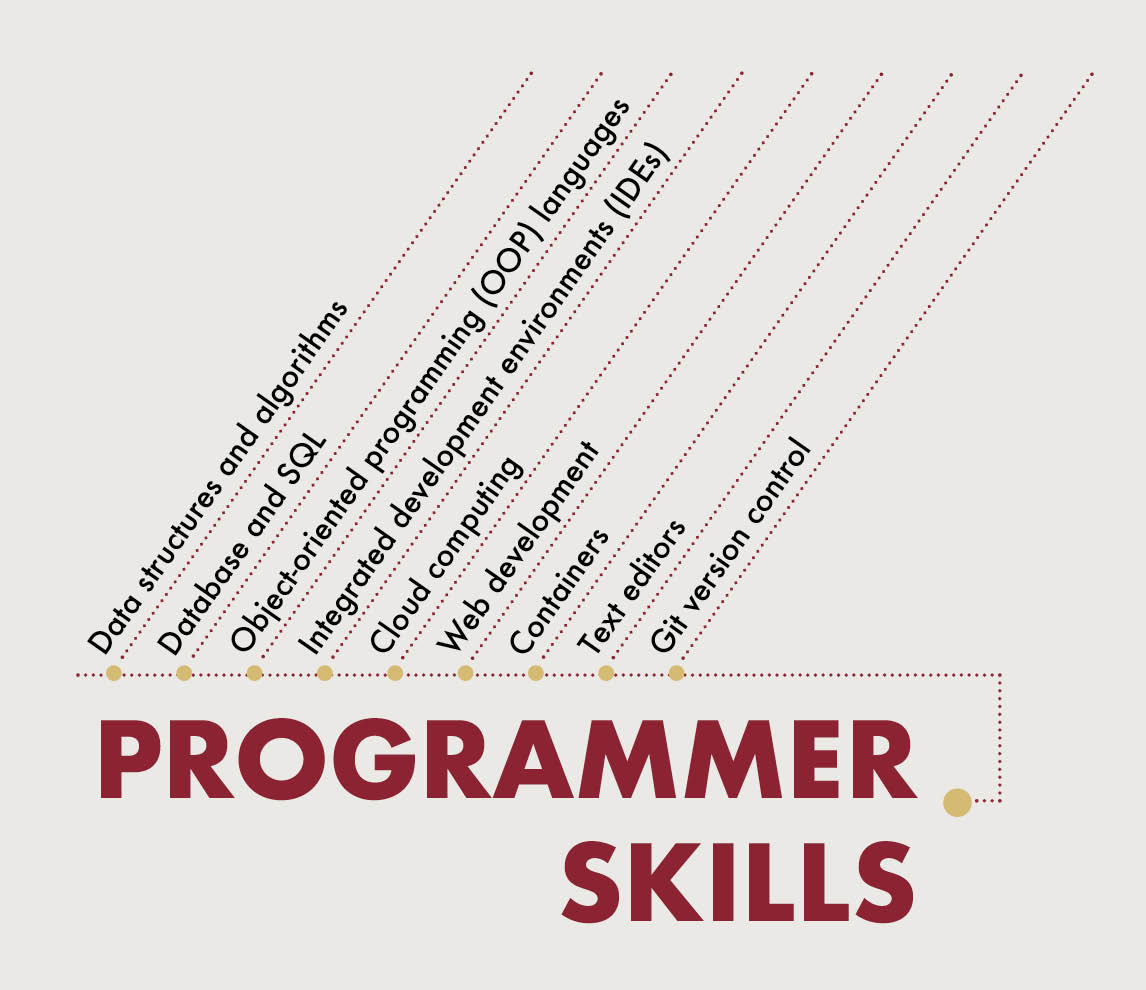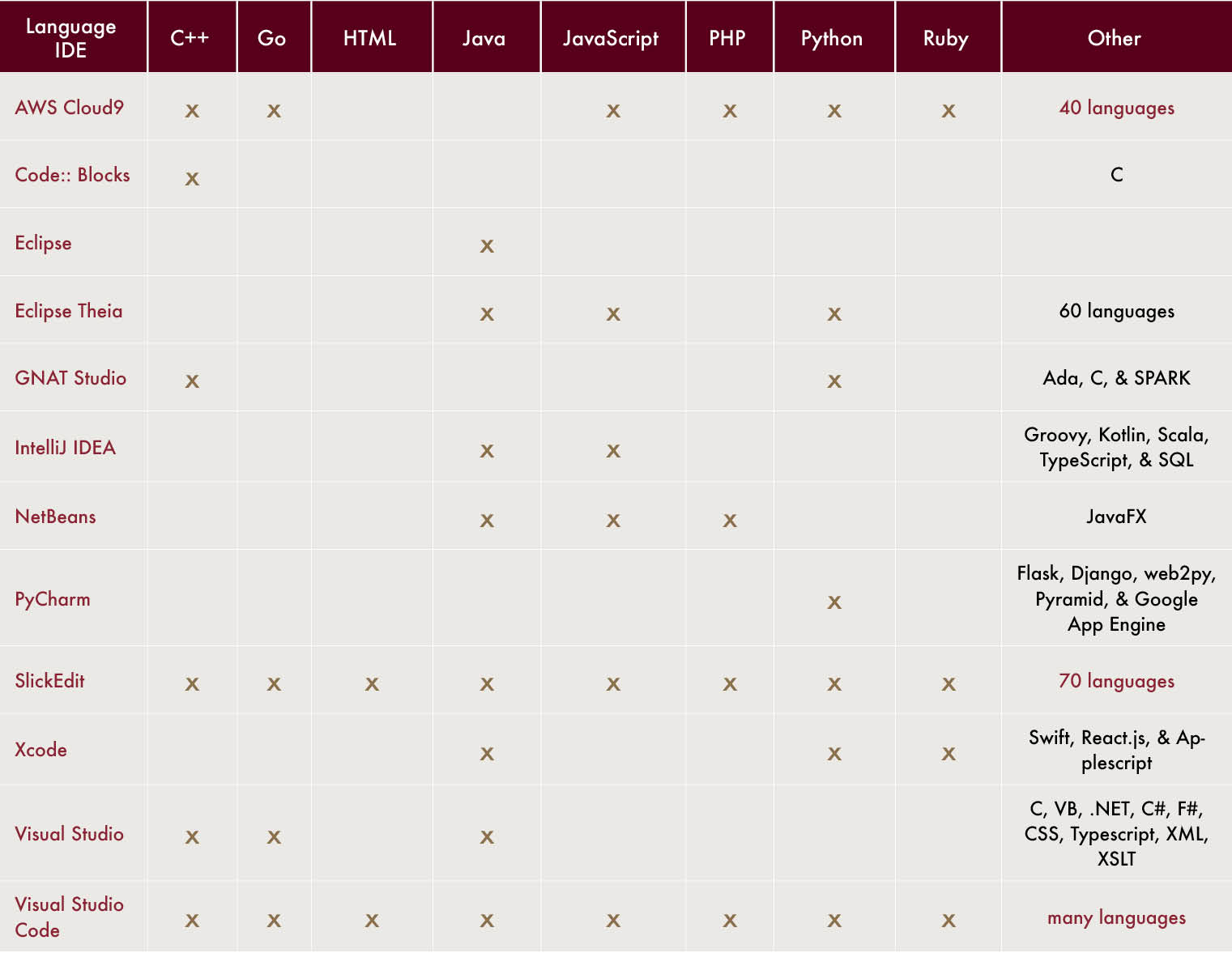Career prospects for programmers look bright. According to CareerOneStop, an expected 9,700 U.S. job openings in programming are anticipated each year through 2030 with a median salary of $89,190.
Even better, in the Denver, Colorado, area, programmers can anticipate a median salary of $91,550 and companies such as Meta (formerly Facebook), Intel, Honeywell, Lockheed Martin, and Colorado State University are all actively looking for programmers,
To take advantage of these great opportunities, you’ll need to acquire the knowledge and skills programmers need to be successful. The good news is that there are several options to choose from — a traditional degree, independent study, or a coding boot camp.
Obtaining a degree in computer science is always a popular choice for those interested in pursuing a career in programming. Taking three to four years, these degrees allow learners to explore the theoretical aspects of programming, while pursuing adjacent subject matter and additional interests. Given the significant time and financial commitment required to pursue this type of degree, it’s important to be sure it’s the right path for you. Some learners consider taking an introductory coding course, boot camp, or conducting independent study prior to committing to a degree program.
For those who lack the time or financial resources required to pursue a traditional degree, or want to explore their options before making a commitment, independent study can be the right choice. Also, many who prefer a slower tempo and self-directed approach pursue independent study of a programming language to enhance their existing skill set. Common options include:
Interestingly, many who begin their coding journey in independent study soon progress to enrolling in a coding boot camp. Boot camps are a great place to gain in-demand skills in a practical environment where learners apply their newfound knowledge on real-world projects that will eventually populate their professional portfolios.
Regardless of the educational path you choose, the right combination of in-demand hard and soft skills will fuel your progress toward a rewarding career in programming.
Are you ready to take the next step and gain the in-demand technical skills needed for a successful web development career? Consider University of Denver Coding Boot Camp — learn critical programming languages, put them into practice on real-world projects to populate your professional portfolio, and hone your soft skills working collaboratively with your classmates. Start your future in programming today!

 Live Chat
Live Chat


